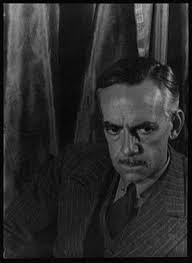MA 4th Semester English Literature Syllabus (APSU)

MA SEMESTER-4 SYLLABUS ENGLISH LITERATURE PAPER-I (Critical Theory) Source : google UNIT-1 Anand Vardhman: Dhwani Theory Ferdinand Saussure: The nature of linguistic sign UNIT-2 I.A Richards :- Two uses of language J.C. Ransom :- Concept of structure and texture of poetry UNIT-3 F.R. Leavis :- Literary Criticism and Philosophy Jacques Derrida:- Structure, Sign, and Play in the discourse of Human Sciences. UNIT-4 Edward Said :- Crisis (The Scope of Orientalism) Basic Trends in Feminist Criticism UNIT-5 Practical Criticism:- Two Passages (One in verse and other in prose for practical Criticism following the technique as illustrated in I.A. Richards' book 'Practical Criticism' and David Daiches' Critical Approaches) PAPER-II (English Language) UNIT-1 Morphology : morpheme, allomorph, Word formation UNIT-2 Linguistic Analysis: I.C. Analysis and ambiguities UNIT-3 Phonology:- Sound Sequences: Syllable, Word Stress, Strong and Weak Forms, Stress and Intonation UNIT-4 Gra...






.jpeg)